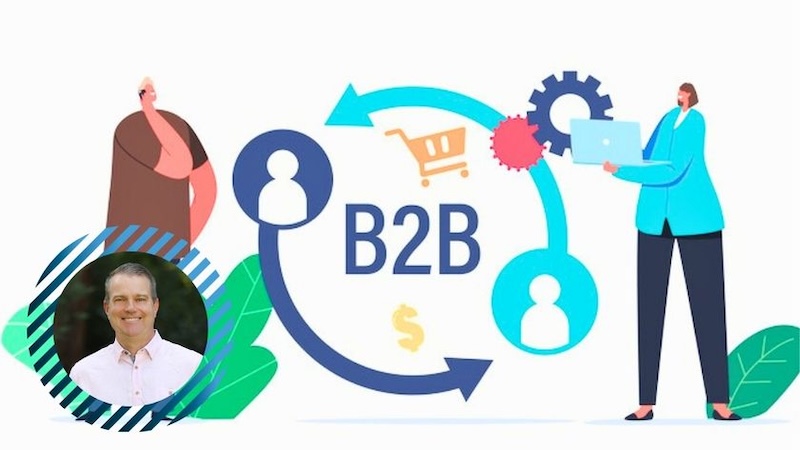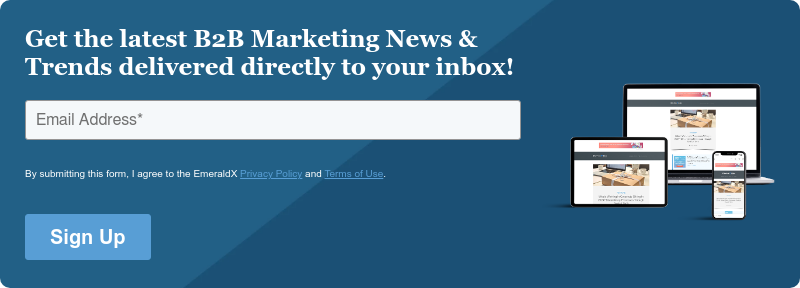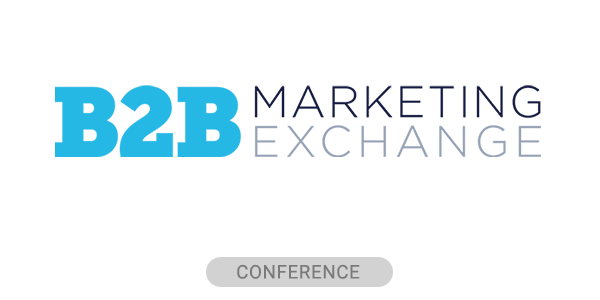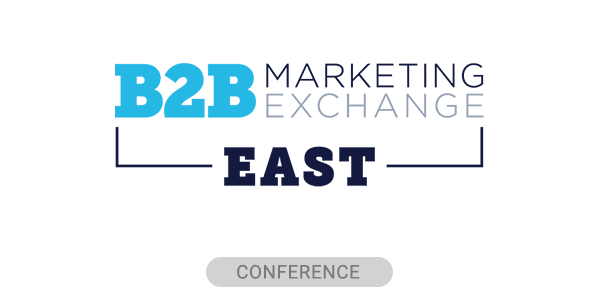The Algorithm Economy: Why Your Demand Generation Strategy Is Missing the Real Buyer
There is a seismic shift underway in demand generation, and many marketing leaders are scratching their heads on how to move forward.
Buyers used to rely on search engines to discover companies and products worth exploring. They’d land on your site, read reviews or third-party platforms, download whitepapers, consume content. Marketers optimized search engine optimization (SEO), designed conversion paths, and measured funnel velocity. That model is collapsing.
In 2026 purchasing decisions will increasingly be made by artificial intelligence (AI) before your prospect becomes aware of your brand. Buyers now use AI to conduct the research for them. They ask ChatGPT to compare solutions. They prompt Perplexity to evaluate vendors. They let generative AI tools synthesize information and form recommendations.
If those AI tools can’t find your product information, those buyers don’t even know you exist.
B2A Commerce
This is Business-to-Algorithm (B2A) commerce. The buyers you’re trying to reach aren’t conducting vendor research anymore. Their AI tools are. And the demand generation model has fundamentally changed. It requires marketers to ensure product information exists in digitized, accessible formats and remains consistent across channels so AI can connect inputs from different sources.
Whether marketers want to or not, they need to get into the product information management business. All the demand generation sophistication in the world won’t matter if algorithms can’t find you in the first place.
AI Has Already Transformed the Purchase Journey
The evidence is undeniable. Research from Forrester’s 2024 Buyers’ Journey Survey shows 89% of B2B buyers leverage generative AI somewhere in their procurement cycle. This isn’t experimental behavior. These are live implementations reshaping how organizations identify and vet potential vendors.
The trajectory accelerates from here. According to Forrester almost 95% of buyers plan to integrate generative AI into their decision-making and purchasing workflow over the next year. Forrester also reported B2B organizations are adopting AI-driven search capabilities at triple the pace of consumer adoption, with 90% now deploying generative AI in procurement activities.
Adding urgency: approximately 60% of Google searches in 2024 concluded without any clickthrough, as users extracted what they needed directly from AI-powered summaries. Google’s AI Overviews and competing platforms now deliver comprehensive responses that bypass traditional website visits entirely.
For marketing leaders, the implications are unsettling. When your product information isn’t structured for algorithmic consumption, you vanish from consideration sets.
Your content strategy, your marketing automation, your lead nurturing are all irrelevant if algorithms eliminate you before human decision-makers engage.
The Hidden Infrastructure Gap
Most marketing executives recognize that their data is not fully digitized and their frustration continues to mount. This is particularly true for established enterprises running systems built a decade or more ago.
Essential product information remains marooned in legacy infrastructure that contemporary algorithms cannot penetrate. Technical specifications live in outdated systems. Quality certifications sit in disconnected repositories. Regulatory documentation exists solely as PDFs or physical records. Commercial messaging operates separately from actual product data.
When this information isn’t digitized or stays confined within aging on-premise architectures, it’s functionally invisible to AI-powered procurement systems. Algorithms cannot assess what they cannot access, and B2A commerce exposes this infrastructure deficit ruthlessly.
For years, the investment required to fully digitize and integrate product information across enterprise systems never generated sufficient ROI. B2A commerce fundamentally alters this equation. When algorithms gatekeep vendor discovery, the need for digitization shifts from infrastructure modernization to revenue protection.
Immediate Actions for Marketing Leaders
The preparation window for algorithm-mediated commerce is closing. Marketing leaders should execute three critical steps now:
- Validate actual digitization status. Challenge assumptions about digital transformation completeness. Can AI systems actually access your technical specifications, regulatory certifications, and compliance documentation? If essential product information remains in legacy on-premise infrastructure, PDFs, or paper archives, you’re invisible to algorithms generating vendor shortlists.
- Champion comprehensive digitization initiatives. Your marketing content effectiveness depends entirely on underlying product data accessibility. Partner with product, engineering, and quality organizations to identify critical information that remains undigitized or trapped in legacy systems. Algorithms require access to complete, digitized product information to include your solutions in recommendations.
- Transform demand generation measurement. Conventional funnel metrics presume human-initiated discovery and evaluation. In B2A commerce, your initial “touchpoint” may be an algorithm determining whether to include you in a recommendation set. If your data isn’t digitized and accessible, that determination occurs before any human encounters your marketing. Attribution frameworks must evolve to capture these invisible selection or elimination moments.
The Marketing Imperative
The organizations winning in 2026 won’t necessarily be those with the largest marketing budgets or most sophisticated demand generation programs. They’ll be companies whose product data is comprehensively digitized, accessible, and prepared for the algorithms powering procurement decisions.
For marketing and sales leaders, this represents both a threat and an opportunity. Smaller, more agile competitors with modern infrastructure can leapfrog established market leaders who remain trapped in legacy systems. Conversely, organizations that act decisively to digitize and expose their product data gain sustainable competitive advantages as B2A adoption accelerates.
The fundamental question every marketing leader must answer: Are you optimizing for human buyers who may never encounter your content, or are you ensuring your product data is digitized and accessible so algorithms can identify, evaluate, and recommend your offerings from the start?
That answer determines whether your demand generation investments deliver pipeline at all. Because in the algorithm economy, being invisible to AI means being invisible to buyers. And no amount of marketing sophistication can overcome that.
 Ross Meyercord is CEO of Propel Software and former Global CIO of Salesforce, with over 35 years of experience leading enterprise technology strategy and scaling SaaS companies.
Ross Meyercord is CEO of Propel Software and former Global CIO of Salesforce, with over 35 years of experience leading enterprise technology strategy and scaling SaaS companies.







